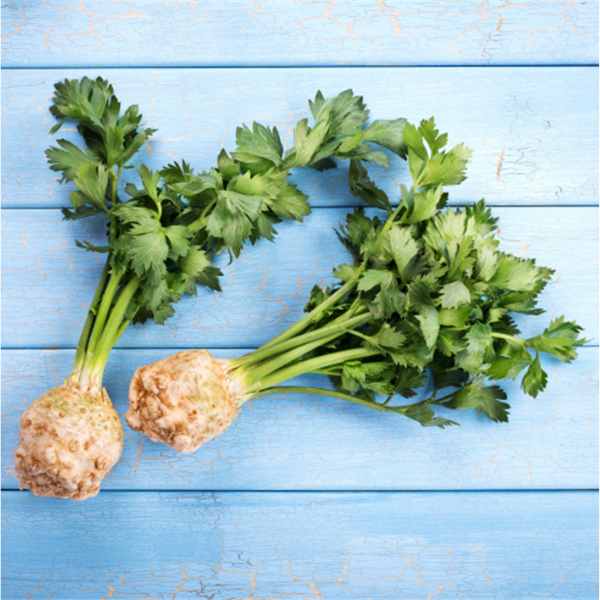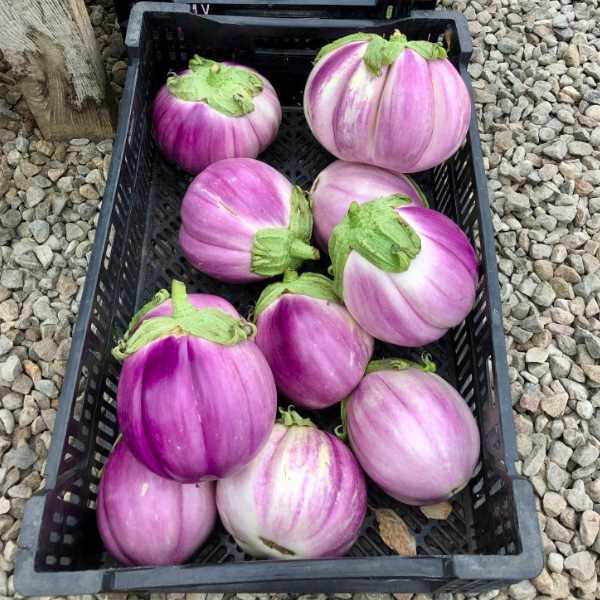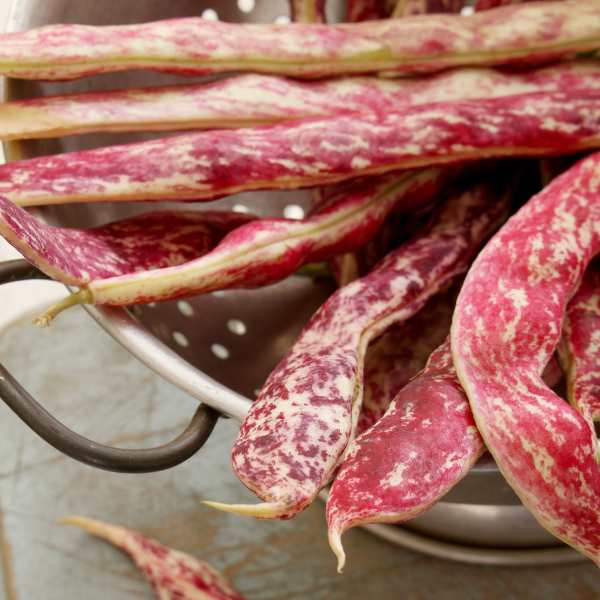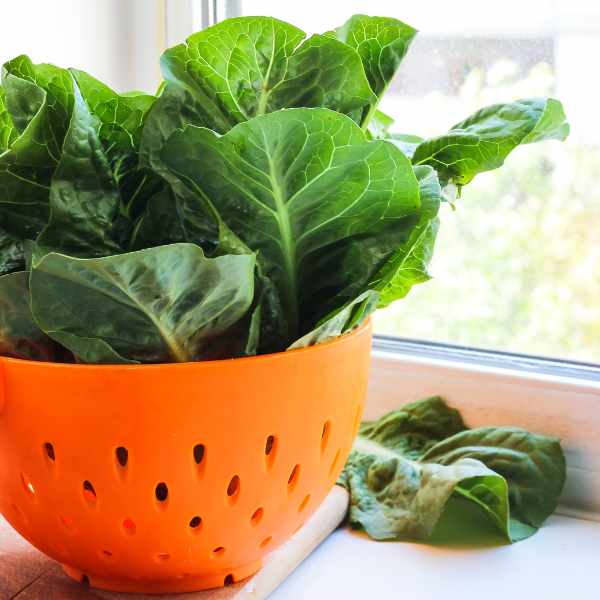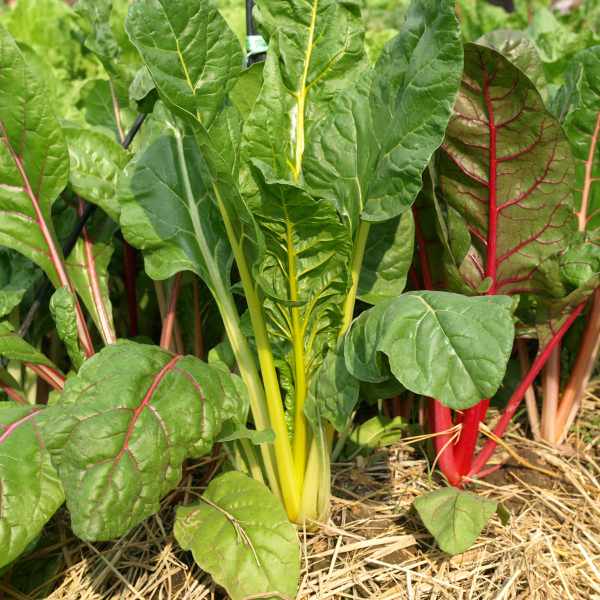The Sweet Delights of Rosella
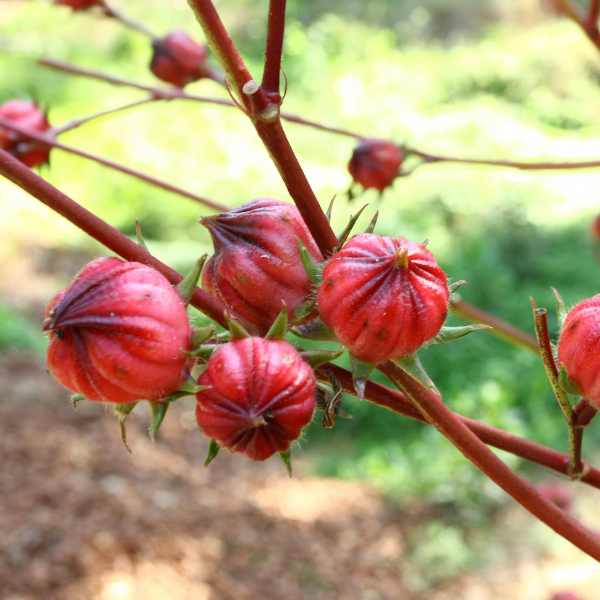
Rosella, Hibiscus Sabdariffa, also known as the Queensland Jam Plant, is a visually striking plant that is a favoured ingredient for jams, jellies. Their vivid red calyces and tangy flavour are also valued for medicinal purposes. This post delves into the distinctive features of the rosella plant, providing a detailed guide on its cultivation in the different climate zones of Australia, and exploring its diverse culinary applications.
Characteristics of the Rosella Plant
Rosella plants are annuals that stand upright, reaching heights of 2 m. They are characterized by their deep green, heart-shaped leaves with toothed edges and striking bright yellow flowers with maroon centres.
Rosella thrives in the warmer subtropics and tropics, as they need plenty of sunlight to grow robustly, and at least five frost-free months to produce a crop. They can be grown with care and attention in cooler climates. They are generally resilient against pests and diseases, making them a relatively low-maintenance choice for gardeners.
Three or four plants are adequate to provide a good quantity of fruit for jams or syrups.
Growing Tips
To successfully cultivate rosella plants in Australia, consider the following steps:
1: Position and Soil
It is crucial to select a sunny location with well-draining soil enriched with organic matter to ensure optimal growth. Although most soil types are suitable, provided they are rich and free draining.
2: Seed Raising
Sow them directly into the soil is the preferable method. Sow seeds to a depth of 10mm and 50cm apart. Maintaining consistent soil moisture is key to facilitating germination.
3: Watering and Fertilising
Regular watering is vital, especially during dry periods. Using mulch can aid in retaining soil moisture. Throughout the growing season, fertilise the plants with a balanced organic fertilizer to support their development.
4: Harvesting
Plants normally begin to crop when they are about three months old, and the fruit is ready to pick three weeks after flowering when they should be approximately 3 cm wide.
5: Cooler Climates
Start your seeds indoors in early spring and then pot up using a small pot and keep in a sunny, protected spot until the weather heats up. Pot up to larger pots as dictated by the root structure. (If the roots are growing through the bottom of the pot, it is time to move them up to a bigger pot).
Use a soil mix specifically designed for pots as good drainage is crucial. Using pots allows you to move your plant as the sun moves around the garden during the season. Keeping your Rosella plant in a sunny position will improve fruit production.
Use a light cloth to cover the plants or bring them indoors if temperatures drop significantly. Bringing your plant to a sunny indoors when Autumn temperatures set in will lengthen the fruiting period.
Culinary Uses of Rosella
Rosella plants are incredibly versatile in the kitchen. Here are some popular culinary applications:
Rosella Jam
One of the most favoured uses of rosella calyces is in making jam. The tartness of the calyces pairs excellently with sugar, resulting in a delicious spread that is perfect for bread or scones.
Rosella Tea
The dried calyces are commonly used to brew herbal teas. Simply steep the dried calyces in hot water to enjoy a refreshing, tangy beverage. This tea can be enjoyed either hot or cold.
Rosella Chutney
Rosella calyces can be transformed into chutneys and sauces that enhance savoury dishes such as meats and cheeses. The unique tart flavour of rosella adds a delightful twist to this condiment.
Desserts
Incorporate rosella into desserts like pies, tarts, and sorbets for a unique and tasty variation on traditional recipes. The vibrant red colour also adds a visual appeal.
Cocktails
Drooping a Rosella Calyce into a glass of champagne is a sweet delight that looks amazing. Turning your Rosella calyces into a sweet syrup is another way of incorporating them into your favourite alcoholic drinks.
Rosella Salad Dressing
Blend rosella puree with olive oil, vinegar, and seasonings to create a unique salad dressing. Drizzle over fresh greens, roasted vegetables, or grilled proteins for a burst of fruity sweetness and aromatic depth.
Rosella Tea
Brew dried rosella calyces in hot water to create a refreshing tea. Enjoy it hot or cold, with a hint of honey or a slice of lemon for added flavour.
Fried Rosella Leaves
Ingredients
Bunch of rosella leaves
1 Tbsp water, or as needed
2 onions, peeled and sliced
2 garlic cloves, chopped
1 bird’s eye chilli
1 tsp chilli powder
½ tsp turmeric powder
2 Tbsp oil
Directions
1. Heat oil in a large pan. Add onion, turmeric, chilli powder and half the garlic. Fry until golden brown.
2. Add the rosella leaves, the rest of the garlic and water.
3. Cook for 2-3 min before adding the chopped chilli. Add salt if needed.
4. Serve with steamed rice and a meat of your choice.
Conclusion
The rosella plant is a versatile and rewarding addition to any Australian garden. Its vibrant appearance, coupled with its culinary and potential health benefits, makes it a valuable plant to cultivate.
Whether you are making jams, teas, chutneys, stir fries or innovative desserts, the rosella plant offers endless possibilities for culinary exploration. Embrace the unique flavours and aesthetic beauty of the rosella plant, and let it enrich your garden and kitchen alike.

